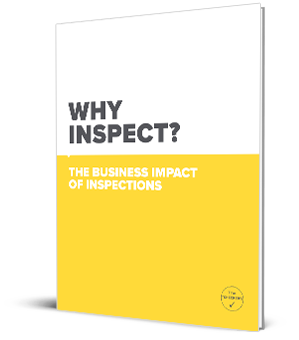Inspections of working areas and safety-program audits are tools used to identify problems before they can turn into accidents and injuries. Inspections and au
dits help determine the overall effectiveness of the safety program management, as well as assure regulatory compliance and safety in the workplace.
Under OSHA's recordkeeping regulations, certain employers are required to prepare and maintain records which will be used by OSHA to evaluate safety in the workplace, understand industry hazards, and implement various worker protections to reduce or eliminate those hazards.
Management needs to design and schedule all inspection and audit procedures for all work areas, assets, and processes. All safety hazards, deficiencies, and inconsistencies found during audits and inspections need to be corrected, and those corrections should be documented.
Different Types of Inspections
- Daily Walk-throughs - These types of inspections need to be made daily, before startup, to ensure that the facility and equipment are in good working order. Anything that is noted as being unsafe will need to be remediated before personnel begins working with it.
- Weekly Supervisor Inspections - These types of inspections will ensure that current hazard controls are effective, the equipment is in proper condition, and that all safety procedures are in use. Any discrepancies or developments will be recorded and put on work orders for correction. This information will be forwarded to the Safety Manager for review.
- Monthly Safety Inspections - Every month, members of the Safety Committee will need to tour the facility alongside the Safety Manager. The purpose is to ensure that the committee is familiar with all areas of the operation, as well as to record any problems, recommendations, or deficiencies.
The Audit Process
The purpose of an audit is to assess the overall compliance with internal policies and various regulations. The process involves collecting information by interviewing staff members, reviewing documents, and visually inspecting the worksite. The company’s auditor will judge on the organization's legal compliance and will report any gaps in meeting these requirements or the preferred standard requirements. Also, they will provide corrective actions to be taken to ensure compliance.
With the Checker Software, your organization will be able to perform both inspections and audits more easily and efficiently as well as maintain a historical record of inspection/audit activity.











